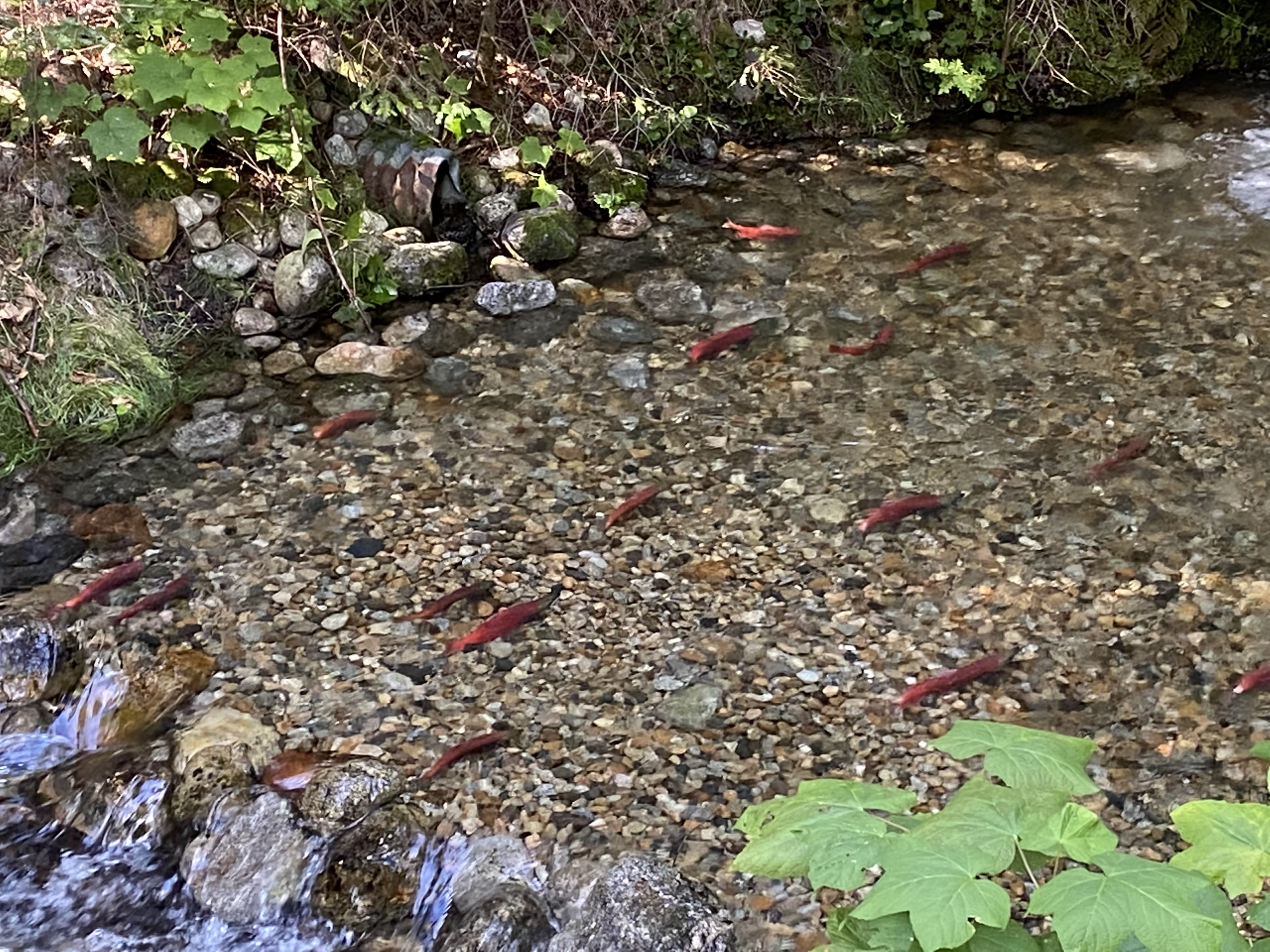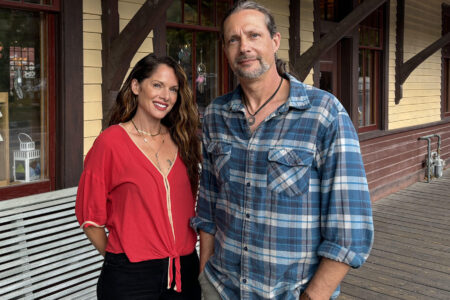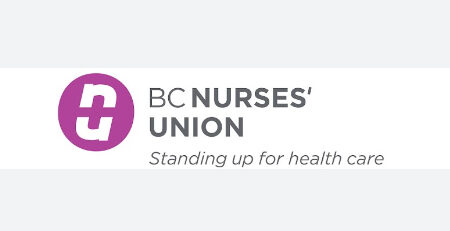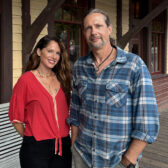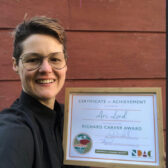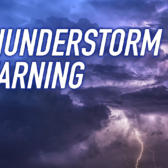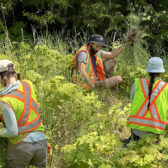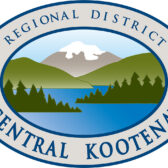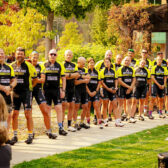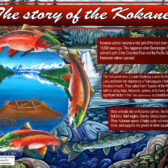Kootenay Lake kokanee recovery update shows low survival rate
Low survival rate of kokanee ‘spawning’ salmon in Kootenay Lake has continued, according to the fall totals in the 2021 provincial count.
Low kokanee survival rates in the big lake have reduced spawning numbers — less than 40,000 in recent years — to approximately 24,000 spawning fish counted in 2021, noted a Ministry of Forests, Lands, Natural Resource Operations and Rural Development (FLNRORD) periodical released in December.
A land-locked form of sockeye salmon, the number of spawning fish can vary each year — similar to ocean-going forms of salmon.
“Abundant kokanee predators (Gerrard rainbow and bull trout) were the main driver in kokanee collapse and predation continues to keep kokanee survival below a level that supports quick recovery,” the report noted.
Kootenay Lake Gerrard rainbow trout and bull trout spawning populations have remained above levels of conservation concern, considering it requires only a few spawners to saturate the available juvenile habitat in streams.
“Survival for the youngest age class of kokanee continues to be low and we will therefore continue to deliver actions to improve kokanee survival,” the ministry stated. “This means that there is additional room to reduce kokanee predation without risking conservation of these populations.”
Using the Kootenay Lake Angler Incentive Program — launched in June 2020 — the program helped remove some kokanee predators from the lake (approximately 11,000 heads were returned in the 2020-21 program). To date, most actions to reduce predation pressure on the kokanee have focused on increasing harvest through angling.
Although that program helped the aged one-to-two-year-old kokanee last year, it did not affect the in-lake survival for the youngest kokanee age category.
“The Ministry has liberalized Kootenay Lake angling regulations by increasing rainbow trout and bull trout quotas to ensure anglers are unrestricted in harvest, opening previously restricted areas to harvest, and exploring tools to encourage more angler participation,” the report explained.
The province will continue to stock the lake — an important component of recovery with 1.1 million eggs stocked in 2021 — but data points to the idea stocking alone cannot achieve recovery.
Plan B
One of the actions to resuscitate the kokanee that has not been tried is to reduce predation pressure by reducing the number of juvenile fish enough to drop the future populations of Gerrard and bull trout.
The ministry revealed that an “expert advisory team reviewed the risks and benefits of such actions and suggested that benefits to kokanee recovery are likely,” with the risks characterized as manageable as long as the reduction is short term (one to two years).
“Decisions will be made on these specific actions based on recommendations of our expert team, and in discussion with First Nations over the next month,” the FLNRORD ministry report stated.
Up or down?
Eight years ago the kokanee salmon population in the lake collapsed, from an average of about a million to “unprecedented low numbers,” averaging between a record low of 12,000 in 2017 to about 90,000 in 2020.
Those numbers reflected a poor survival from 2014 and a weak cohort that spawned in 2017. When kokanee fall to such low abundances, they have more food available to them, as there is less competition between fish, so they grow much faster and larger.
This translates into many more eggs per female, so although spawner abundance is much lower, total egg deposition for the whole run hasn’t fallen as dramatically.
In 2020, the 90,000 spawners laid enough eggs to produce the long-term pre-collapse average of fry.
Five years ago the ministry deposited over 500,000 kokanee eggs into the spawning channels surrounding the lake, citing a 90 per cent hatch rate.
However, the species has thrived in some lakes in the region but not others — like Kootenay Lake — with research noting that factors such as pollution, lake levels, climate change and habitat loss are contributing to the downswing.
Once the balance is restored, it is expected that kokanee will again become abundant within a life-cycle (about three to four years), and large bodied rainbow trout and bull trout will follow within a few years.
Source:https://thenelsondaily.com/news/kokanee-begin-uphill-swim-record-low-levels-kootenay-lake


